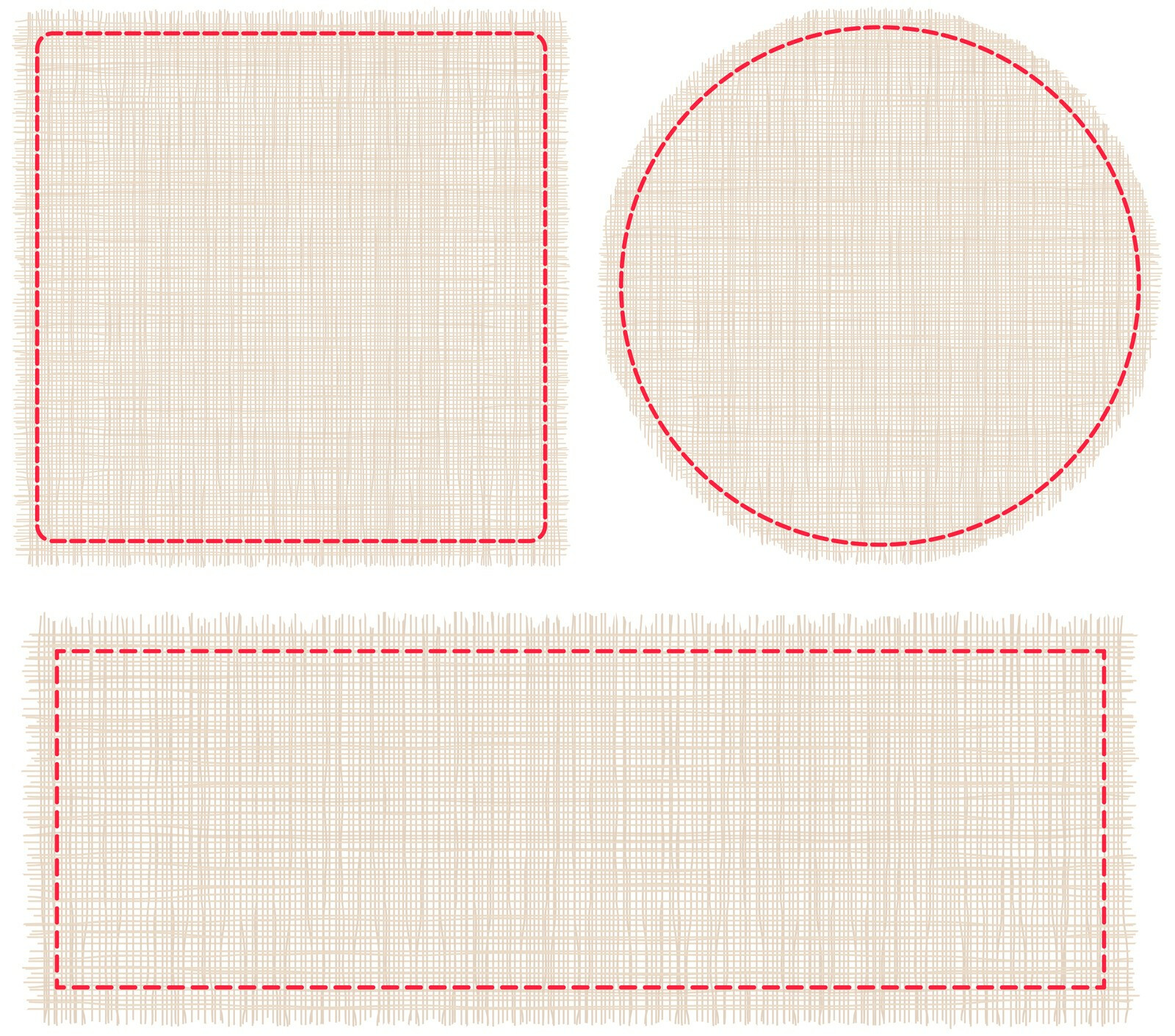
Patch Design 101: The Basics
Designing great patches isn't hard. Follow a few basic steps to create the perfect patch.
About that whole designing patches thing…
We spend a lot of time around here talking about designing patches. But it occurs to me that we haven’t spent a lot of time actively considering the actual nuts and bolts of patch design.
So let’s consider: what goes into designing a good patch? What are the basic requirements for a custom patch?
It might seem obvious, but the first thing to think about when your designing your patch is what you want to say. Do you want to promote a business, a team, a school, a brand? Make a political statement on a cap? Tell the world what motorcycle club you belong to? Maintain morale in your military unit?
Each of those will have a different answer, of course. The key is to have a clear idea when you create your design. While that may sound daunting, our experienced staff can make it a lot easier. With nearly 20 years in the patch business, we can help you craft a patch that you can wear, or give to others, proudly.
Another important reason to have a specific design in mind is because it will affect the production, and the cost, of your patches. Embroidered patches will feature 50%, 75% or 100% embroidery.
The number refers to the percentage of the twill backing material that is covered with thread. Simple patches such as an employee name patch will usually leave half the backing uncovered. The more intricate your design, the more of the patch it will cover. With 100% embroidery, none of the backing twill is visible from the front of the patch.
Next, consider the size of your patch. The more intricate your design, the larger your patch will need to be to make it legible. This step also can influence your patch type. Embroidered patches allow the least amount of detail for a given size. Especially with lettering, embroidery limits the detail that’s legible.
Woven patches, because they use thinner thread, allow greater detail, but still can be limiting. PVC patches, which are printed instead of sewn, allow the greatest level of detail for a given patch size.
Color is another factor to think about. Once again, PVC patches allow the greatest flexibility and most added colors.
Remember, your patches don’t have to be in a traditional round, square or rectangular shape. We can produce your patches in virtually any shape you can imagine.
That’s basic patch design in a nutshell. All of those factors will affect the look, size and price of your custom patches. Don’t forget, we don’t charge for design, artwork or revisions. If you want help designing great custom patches, call or email us. We’ll show you how easy creating and ordering great patches can be.
